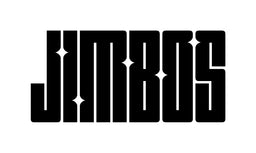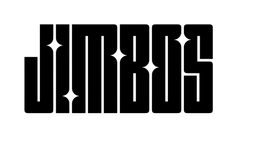Rotary vs Dual Action Polishers: Pros, Cons, and Myths
Should you use a rotary or a dual action (DA) polisher for paint correction? It’s one of the most common questions in detailing. Let’s break down the real-world pros and cons—and which tool is best for your paint correction needs.
What’s the Difference?
- Rotary Polisher: Spins in a single direction like a drill. High correction power, but also higher risk.
- Dual Action (DA) Polisher: Spins and oscillates. Less aggressive, safer, and easier to control—especially for beginners.
Pros and Cons of Rotary Polishers
- ✅ Fast correction on hard paint
- ✅ Great for edge work and deep scratches
- ❌ Higher risk of burning paint
- ❌ Can leave holograms if not finished correctly
Pros and Cons of Dual Action Polishers
- ✅ Safe for all paint types
- ✅ Beginner-friendly with less heat buildup
- ✅ Easier to get consistent results
- ❌ Slightly slower correction on extremely hard clear coats
Which Is Better for Swirl Removal?
Unless you're experienced with a rotary and working on heavily oxidized paint, a dual action is usually the smarter choice. It gives you control, forgiveness, and consistent results with minimal risk.
What Polish System Works with Both?
Picture Perfect Polish was designed to work perfectly with either a DA or rotary. The difference is in the pad and pressure—not the polish itself.
For DAs:
- Cut & Finish Pad for correction
- Black Finishing Pad for gloss
For Rotary:
- Use moderate pressure, low RPMs, and prime your pad fully
- Always follow with a refining pass if needed to remove holograms
Rotary Myths Debunked
- ❌ You don’t need a rotary to correct paint
- ❌ DAs can correct just as well with the right pad + product combo
- ❌ Swirl removal doesn’t have to involve heat or high RPMs
Recommended Tools
Related Posts
Frequently Asked Questions
Is a rotary better for deep scratches?
In some cases, yes—but it requires more skill and can easily damage paint if used improperly.
What’s safer for beginners?
Dual action polishers are much safer and more forgiving, especially on soft paint.
Will Picture Perfect Polish work on both tools?
Yes. It was tested on DA and rotary machines and adjusts performance based on pad and pressure.
Can I get professional results with a DA?
Absolutely. Most pros now prefer DA machines for their consistency and ease of use.



